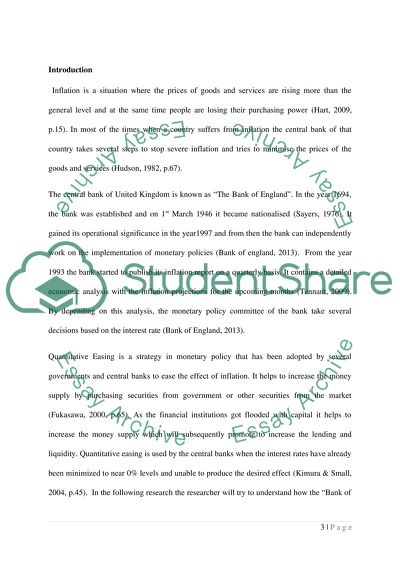Cite this document
(“Quantitative easing and inflation Essay Example | Topics and Well Written Essays - 2000 words”, n.d.)
Retrieved de https://studentshare.org/macro-microeconomics/1476196-quantitative-easing-and-inflation
Retrieved de https://studentshare.org/macro-microeconomics/1476196-quantitative-easing-and-inflation
(Quantitative Easing and Inflation Essay Example | Topics and Well Written Essays - 2000 Words)
https://studentshare.org/macro-microeconomics/1476196-quantitative-easing-and-inflation.
https://studentshare.org/macro-microeconomics/1476196-quantitative-easing-and-inflation.
“Quantitative Easing and Inflation Essay Example | Topics and Well Written Essays - 2000 Words”, n.d. https://studentshare.org/macro-microeconomics/1476196-quantitative-easing-and-inflation.


